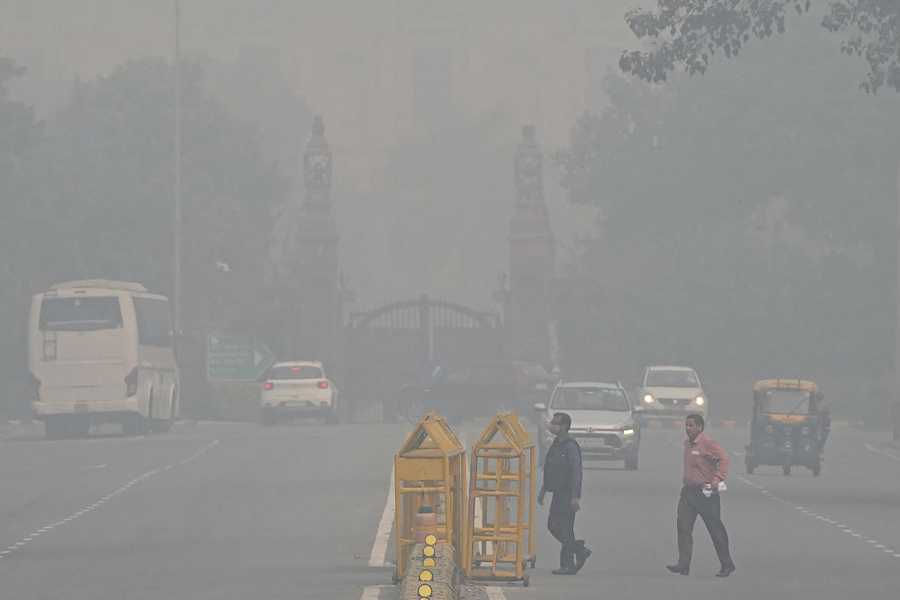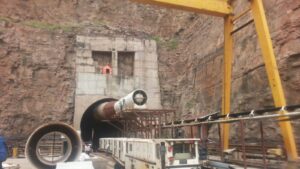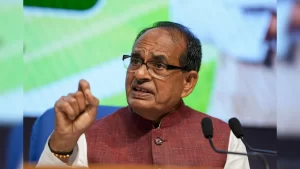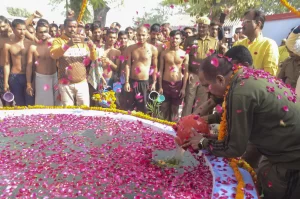Delhi’s air chokes: Smog blankets NCR, AQI stays ‘very poor’ for 15th day

A dense smog covered Delhi and the National Capital Region (NCR) on Wednesday, sharply reducing visibility and worsening air quality. The Central Pollution Control Board (CPCB) reported that Delhi’s air quality index (AQI) remained in the “very poor” category.
At 5 a.m., Anand Vihar’s AQI reached 393, according to CPCB data. Swiss group IQAir reported an alarming AQI of 1133 in Delhi, categorizing it as “hazardous,” with PM2.5 particles as the main pollutant.
The thick smog, combined with fog and mist, lowered visibility during the morning. Experts expect these hazy conditions to linger into the evening, worsening health risks for residents, especially those with respiratory conditions. The city has endured AQI levels in the “very poor” range since October 30, when levels reached 307.
Farm fires in Punjab and Haryana contribute significantly to NCR’s air pollution. Farmers burn stubble after the paddy harvest, worsening air quality across the region. Punjab recorded 83 new farm fires on Tuesday, bringing the season’s total to 7,112.
On Tuesday, Chandigarh’s AQI was recorded at 349, also in the “very poor” range, while several cities in Punjab and Haryana recorded AQI levels in the “poor” category. In Punjab, AQI levels included 269 in Mandi Gobindgarh, 245 in Patiala, and 233 in Ludhiana. In Haryana, AQI was 291 in Kaithal, 272 in Jind, and 240 in Sonipat.
An AQI below 50 is “good,” 51-100 is “satisfactory,” 101-200 is “moderate,” 201-300 is “poor,” 301-400 is “very poor,” and above 450 is “severe plus.”
The smog’s impact even disrupted travel. On Tuesday, Vice President Jagdeep Dhankhar’s plane couldn’t land at Halwara airport in Punjab due to low visibility. Dhankhar was scheduled to attend an international conference on climate change and agrifood systems at Punjab Agricultural University but instead landed at Amritsar airport before heading to another event in Madhya Pradesh.
The Punjab conference proceeded with Governor Gulab Chand Kataria and Chief Minister Bhagwant Mann attending despite widespread smog. Experts warn that without immediate measures, the ongoing pollution crisis will continue to endanger public health, transportation, and daily life across NCR and surrounding states.






